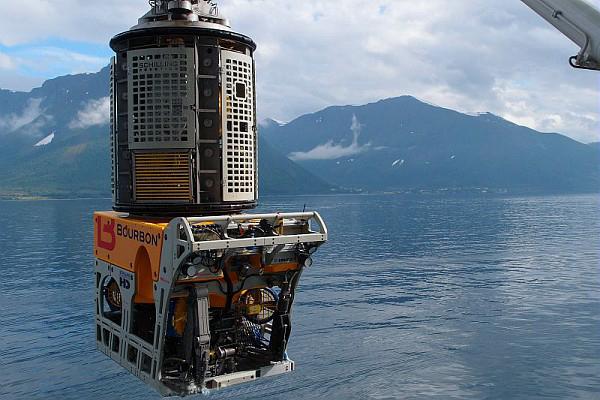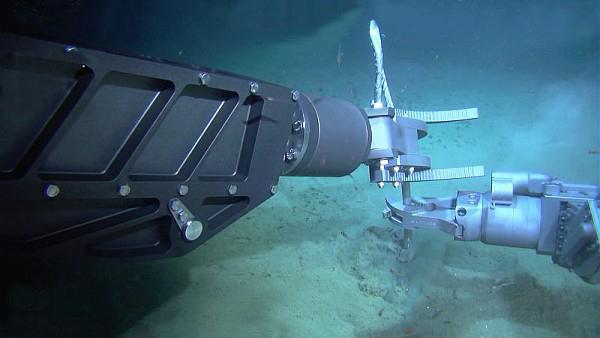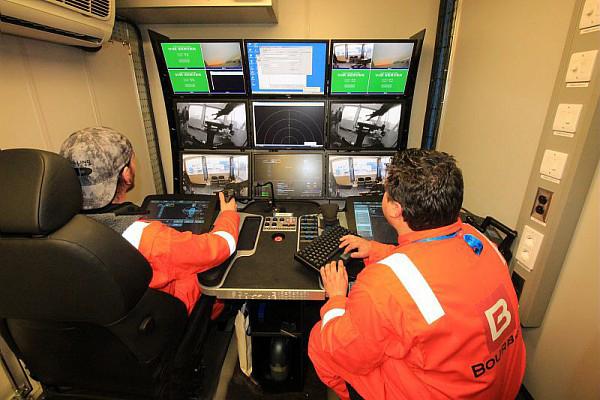ROV: Advanced technology & 3D
ROV Superintendent at BOURBON, Kristijan Loparnik provides insight into his profession and discusses the importance of robots in subsea operations.
When he joined BOURBON in 2007, Kristijan Loparnik, a Slovenian national, already had a rich background involving his love of the sea. “I have been diving since I was 16 years old. I was even a professional diver for several years, before I began operating ROVs,” he explains. He satisfied his passion while he went on studying computer science. With his degree in hand, he worked in electronics, as a guide with a diving club, and finally getting involved in onshore projects and platform inspections. Working with ROVs (Remotely Operated Vehicles) was the natural career development, allowing him to combine his two passions: sea and electronics.
SUBSEA SUPERVISION AND INSTALLATION
After working as an ROV pilot, Kristijan, currently deployed in Indonesia, became a superintendent in 2010. Leading a team of supervisors and operators, he manages all ROV operations on board Bourbon Subsea vessels, including everything from risk management to task planning and equipment maintenance.
Diving assistance, visual inspections, installation operations, construction work, well-stimulation operations... ROVs provide a wide range of high-tech subsea services. “For example, they are capable of turning the hydraulic valve of a wellhead in very deep waters, using a torque tool,” Kristijan says. It’s a delicate maneuver, to prevent the risk of leakage, but an essential one.
The BOURBON fleet consists of compact size electric Falcon and Cougar type ROVs, in addition to Work Class HD and UHD type ROVs, with payload up to 3 t and capable of operating in very deep waters (down to 4,000 m). “My team and I have been trained to operate these feature-packed robots that are on the cutting edge of technology,” he adds. What other qualities are needed to operate ROVs? “In addition to skills in mechanics and electronics, ROV operators need to be able to operate in 3 dimensions just watching screens and gauges,” Kristijan explains.
SAFETY COMES FIRST
Although his job is very technical, the safety of his team is always Kristijan’s top priority. “Part of the work is carried out onboard, on the deck. The deck is an exposed area in adverse weather conditions. The other hazard is related to high-voltage maintenance (between 3 and 4,000 volts),” the superintendent explains. Each type of operation is subject to strict procedures. For example, any ROV maintenance operation is systematically subject to the LOTO procedure (Lockout-Tagout). “This procedure ensures that the system is properly shut off and isolated, so that it can’t be started up again until the operation is completed.” Personal protective equipment is another must. “For each mission, my goal is zero incident.”
In addition to skills in mechanics and electronics,
ROV operators need to be able to operate
in 3 dimensions just watching screens and gauges
WHAT NEXT?
For now, Kristijan says he’s entirely satisfied with his position: “I feel very comfortable in this field. I enjoy knowing that I can provide added value to the profession, and answer clients’ needs. For me, it’s the best way to ensure customer satisfaction.” Kristijan Loparnik - passion is what drives him.

ROV: Advanced technology & 3D

ROV: Advanced technology & 3D

ROV: Advanced technology & 3D


